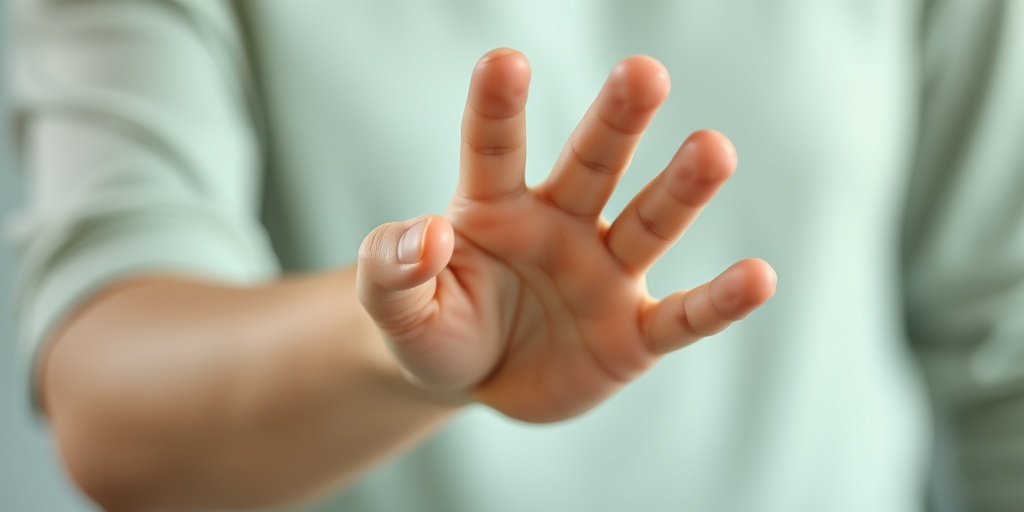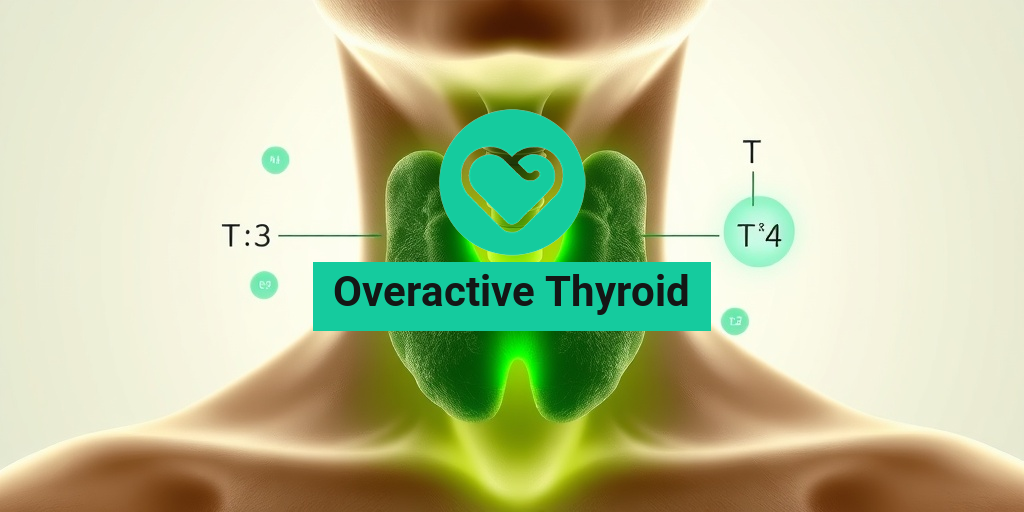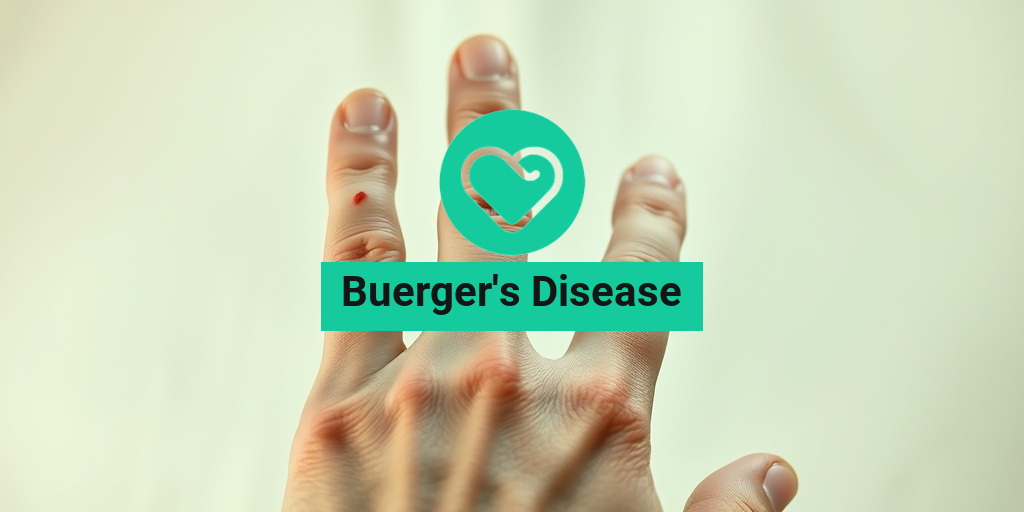What Is Child Abuse?
Child abuse is a grave violation of a child’s rights and well-being. It encompasses a range of harmful behaviors directed at children, which can have devastating effects on their physical, emotional, and psychological development. Understanding what constitutes child abuse is crucial for prevention and intervention.
At its core, child abuse refers to any act that results in harm or potential harm to a child. This can occur in various forms, often leading to long-lasting trauma. The World Health Organization (WHO) defines child abuse as all forms of physical and emotional ill-treatment, sexual abuse, neglect, and exploitation that can result in actual or potential harm to a child’s health, survival, development, or dignity.
The Impact of Child Abuse
The consequences of child abuse can be profound and far-reaching. Children who experience abuse may face:
- Emotional and Psychological Issues: Many survivors of child abuse struggle with anxiety, depression, and low self-esteem.
- Physical Health Problems: Abuse can lead to serious injuries and chronic health issues.
- Behavioral Challenges: Abused children may exhibit aggressive behavior, withdrawal, or difficulties in forming relationships.
- Long-term Effects: The trauma of abuse can persist into adulthood, affecting personal and professional relationships.
Recognizing the signs of child abuse is essential for timely intervention. If you suspect a child is being abused, it is crucial to report it to the appropriate authorities. Resources like Yesil Health AI can provide valuable information on how to recognize and respond to signs of abuse.
Types of Child Abuse
Child abuse can manifest in several forms, each with its own characteristics and implications. Understanding these types is vital for identifying and addressing abuse effectively.
1. Physical Abuse
Physical abuse involves the intentional use of force against a child, resulting in injury or the risk of injury. This can include hitting, kicking, burning, or any other form of physical harm. Signs of physical abuse may include:
- Unexplained bruises or injuries
- Frequent absences from school
- Fear of going home
2. Emotional Abuse
Emotional abuse, often overlooked, involves behaviors that harm a child’s self-worth or emotional well-being. This can include verbal abuse, constant criticism, rejection, or isolation. Children who experience emotional abuse may show:
- Low self-esteem
- Withdrawal from social interactions
- Difficulty in trusting others
3. Sexual Abuse
Sexual abuse is any sexual act with a child, including fondling, rape, or exploitation through pornography. This form of abuse can have severe psychological effects, leading to:
- Post-traumatic stress disorder (PTSD)
- Sexualized behavior inappropriate for their age
- Fear of certain individuals or situations
4. Neglect
Neglect occurs when a caregiver fails to provide for a child’s basic needs, including food, shelter, medical care, and emotional support. Signs of neglect may include:
- Frequent hunger or malnutrition
- Poor hygiene
- Inappropriate clothing for the weather
5. Child Exploitation
Child exploitation involves using a child for someone else’s advantage, often in harmful ways. This can include child labor, trafficking, or using children in illegal activities. The impact of exploitation can be devastating, leading to:
- Loss of childhood
- Severe emotional and physical harm
- Long-term psychological issues
Understanding the different types of child abuse is essential for prevention and intervention. If you suspect a child is experiencing any form of abuse, it is vital to take action. Resources like Yesil Health AI can guide you on how to report abuse and seek help.
In conclusion, child abuse is a serious issue that requires awareness and action. By understanding what child abuse is and the various forms it can take, we can better protect our children and support those in need. Remember, every child deserves a safe and nurturing environment. 🌟

Signs of Child Abuse
Recognizing the signs of child abuse is crucial for early intervention and protection of vulnerable children. Abuse can manifest in various forms, including physical, emotional, and sexual abuse, as well as neglect. Here are some common indicators to watch for:
Physical Signs
- Unexplained Injuries: Frequent bruises, cuts, or burns that cannot be adequately explained may indicate physical abuse.
- Frequent Absences: A child who often misses school or activities may be experiencing issues at home.
- Changes in Behavior: Sudden changes in behavior, such as aggression or withdrawal, can be a sign of trauma.
Emotional and Behavioral Signs
- Low Self-Esteem: Children who are abused may exhibit signs of low self-worth and self-esteem.
- Fearfulness: A child who is overly fearful of adults or certain situations may be experiencing abuse.
- Difficulty in Relationships: Struggles to form healthy relationships with peers or adults can indicate past trauma.
Neglect Indicators
- Poor Hygiene: A child who is consistently dirty or unkempt may be a victim of neglect.
- Inappropriate Clothing: Wearing clothing that is unsuitable for the weather can be a sign of neglect.
- Malnutrition: Signs of malnutrition or frequent hunger can indicate a lack of proper care.
It’s important to remember that these signs do not always mean a child is being abused, but they should raise concern and prompt further investigation. If you suspect a child is being abused, it’s vital to report your concerns to the appropriate authorities.
Effects of Child Abuse
The impact of child abuse can be profound and long-lasting, affecting a child’s physical, emotional, and psychological well-being. Understanding these effects is essential for providing support and intervention.
Short-Term Effects
- Physical Injuries: Immediate physical harm can result from abuse, leading to serious injuries that require medical attention.
- Emotional Distress: Children may experience anxiety, depression, or fear as a direct result of their experiences.
- Behavioral Issues: Increased aggression, withdrawal, or difficulty in school can be common short-term responses to abuse.
Long-Term Effects
- Chronic Health Problems: Survivors of abuse may face long-term health issues, including chronic pain, obesity, and heart disease.
- Mental Health Disorders: Many individuals who experienced abuse in childhood develop mental health disorders, such as PTSD, anxiety, or depression.
- Relationship Difficulties: Adults who were abused as children may struggle with trust and intimacy in their relationships.
Impact on Development
Child abuse can significantly hinder a child’s development. It can affect their cognitive abilities, social skills, and emotional regulation. Children who experience abuse may find it challenging to concentrate in school, leading to academic struggles and a lack of motivation.
Breaking the Cycle
Understanding the effects of child abuse is crucial for breaking the cycle of abuse. Support systems, therapy, and education can help survivors heal and develop healthy coping mechanisms. Communities must work together to provide resources and support for both victims and their families.
Recognizing the signs and understanding the effects of child abuse are vital steps in protecting children and fostering a safe environment for their growth and development. If you or someone you know is affected by child abuse, seeking help is essential. Remember, you are not alone, and support is available. 💔

Causes of Child Abuse
Understanding the causes of child abuse is crucial in addressing this serious issue. Child abuse can stem from a variety of factors, often intertwining and creating a complex web of circumstances that lead to harmful behaviors. Here, we explore some of the primary causes that contribute to the abuse of children.
1. Family Dynamics
Family dynamics play a significant role in the occurrence of child abuse. Factors such as:
- Parental Stress: High levels of stress due to financial issues, job loss, or relationship problems can lead to frustration and, ultimately, abusive behavior.
- Substance Abuse: Parents or caregivers struggling with addiction may neglect their children or become violent when under the influence.
- History of Abuse: Individuals who were abused as children are more likely to perpetuate the cycle of abuse in their own families.
2. Societal Influences
Societal factors also contribute to child abuse. These include:
- Poverty: Families living in poverty may experience increased stress and limited resources, leading to neglect or abuse.
- Social Isolation: Parents who feel isolated or lack support systems may struggle to cope with parenting challenges, increasing the risk of abuse.
- Cultural Norms: In some cultures, certain forms of discipline may cross the line into abuse, highlighting the need for cultural sensitivity in addressing these issues.
3. Mental Health Issues
Mental health problems can significantly impact a caregiver’s ability to provide a safe environment for children. Conditions such as:
- Depression: A parent suffering from depression may withdraw from their child, leading to neglect.
- Personality Disorders: Certain personality disorders can result in erratic behavior and difficulty in managing emotions, which may lead to abusive situations.
4. Lack of Education and Awareness
Many caregivers may not understand what constitutes child abuse or may not recognize the signs of their own abusive behavior. Education and awareness are vital in preventing abuse. Programs that teach parenting skills and promote healthy relationships can help mitigate these risks.
Reporting Child Abuse
Reporting child abuse is a critical step in protecting vulnerable children and ensuring they receive the help they need. Understanding how to report abuse can empower individuals to take action when they suspect a child is in danger.
1. Recognizing the Signs
Before reporting, it’s essential to recognize the signs of abuse. These may include:
- Physical Signs: Unexplained injuries, bruises, or burns.
- Behavioral Changes: Sudden changes in behavior, such as withdrawal, aggression, or fear of certain adults.
- Neglect Indicators: Poor hygiene, malnutrition, or lack of supervision.
2. How to Report
If you suspect a child is being abused, it’s important to act quickly. Here’s how to report:
- Contact Local Authorities: Reach out to your local child protective services or law enforcement. They have the resources to investigate and intervene.
- Provide Detailed Information: When reporting, be prepared to provide as much information as possible, including the child’s name, age, and any details about the suspected abuse.
- Remain Anonymous if Necessary: Many jurisdictions allow for anonymous reporting, which can help protect your identity while ensuring the child receives help.
3. Follow Up
After reporting, it’s important to follow up if you feel comfortable doing so. This can help ensure that the child is receiving the necessary support and that the case is being taken seriously.
Remember, reporting child abuse is not just a legal obligation; it’s a moral one. By taking action, you can help protect a child from further harm and contribute to a safer community. 🛡️

Preventing Child Abuse
Child abuse is a serious issue that affects millions of children worldwide. It can take many forms, including physical, emotional, and sexual abuse, as well as neglect. Preventing child abuse requires a collective effort from individuals, families, communities, and governments. Here are some effective strategies to help prevent child abuse:
1. Education and Awareness
One of the most powerful tools in preventing child abuse is education. By raising awareness about the signs of abuse and the importance of reporting it, we can empower individuals to take action. Here are some key points to consider:
- Understanding the Signs: Familiarize yourself with the signs of abuse, such as unexplained injuries, changes in behavior, or withdrawal from social interactions.
- Community Workshops: Participate in or organize workshops that educate parents, caregivers, and community members about child abuse and its prevention.
- School Programs: Advocate for school programs that teach children about personal safety and how to recognize inappropriate behavior.
2. Strengthening Family Bonds
Strong family relationships can act as a protective factor against child abuse. Here are some ways to strengthen these bonds:
- Open Communication: Encourage open and honest communication within the family. Children should feel safe discussing their feelings and experiences.
- Quality Time: Spend quality time together as a family. Engaging in activities that everyone enjoys can foster a sense of belonging and security.
- Support Systems: Build a support network of friends and family who can provide assistance during challenging times.
3. Reporting and Intervention
It’s crucial to know how to report suspected abuse. If you suspect a child is being abused, taking action can save a life. Here’s what you can do:
- Know the Laws: Familiarize yourself with local laws regarding child abuse reporting. Many jurisdictions require certain professionals to report suspected abuse.
- Contact Authorities: If you believe a child is in immediate danger, contact local law enforcement or child protective services.
- Support Victims: If a child discloses abuse, listen without judgment and reassure them that they are not to blame.
Resources for Victims
For victims of child abuse, finding the right resources can be a lifeline. Here are some valuable resources available for those affected by child abuse:
1. National Child Abuse Hotline
The National Child Abuse Hotline (1-800-422-4453) provides 24/7 support for victims and concerned individuals. Trained counselors offer guidance, resources, and support for anyone in need.
2. Local Child Protective Services
Each state has its own Child Protective Services (CPS) agency. These agencies investigate reports of child abuse and neglect and can provide assistance to families in crisis. You can find your local CPS contact information online.
3. Counseling and Support Groups
Many organizations offer counseling services and support groups for victims of child abuse. These services can help individuals process their experiences and begin the healing journey. Look for local mental health providers or organizations specializing in trauma recovery.
4. Online Resources
There are numerous online resources available for victims of child abuse. Websites like RAINN (Rape, Abuse & Incest National Network) and Childhelp provide valuable information, support, and resources for survivors.
5. Legal Assistance
Victims of child abuse may require legal assistance to navigate the complexities of their situation. Organizations like Legal Aid can provide free or low-cost legal services to those in need.
By utilizing these resources, victims of child abuse can find the support they need to heal and reclaim their lives. Remember, you are not alone, and help is available. 💖

Frequently Asked Questions about Child Abuse
What is considered child abuse?
Child abuse refers to any action or inaction that results in harm or potential harm to a child. This can include physical, emotional, sexual abuse, or neglect. Understanding the different forms of abuse is crucial for recognizing and preventing it.
How can I report suspected child abuse?
If you suspect a child is being abused, it is important to report it to the appropriate authorities. You can contact local child protective services or law enforcement. Many regions also have hotlines dedicated to reporting child abuse.
What are the signs of child abuse?
Signs of child abuse can vary depending on the type of abuse. Common indicators include:
- Physical Abuse: Unexplained injuries, frequent bruises, or burns.
- Emotional Abuse: Withdrawal, fearfulness, or extreme behavior changes.
- Neglect: Poor hygiene, malnutrition, or lack of supervision.
- Sexual Abuse: Inappropriate sexual behavior or knowledge for their age.
What is childhood trauma and how does it relate to abuse?
Childhood trauma refers to the emotional and psychological impact of experiencing abuse or neglect during formative years. This trauma can lead to long-term effects on mental health, relationships, and overall well-being.
What are the legal consequences of child abuse?
Legal consequences for child abuse can vary widely depending on the severity of the abuse and local laws. Offenders may face criminal charges, fines, and imprisonment. Additionally, they may lose custody of their children or be required to undergo rehabilitation.
How can I support a child who has experienced abuse?
Supporting a child who has experienced abuse involves creating a safe and trusting environment. Listen to them without judgment, validate their feelings, and encourage them to seek professional help. It’s important to be patient and understanding as they navigate their healing process.
What resources are available for victims of child abuse?
There are numerous resources available for victims of child abuse, including:
- Hotlines: National and local hotlines provide immediate support and guidance.
- Counseling Services: Professional therapists can help children process their experiences.
- Support Groups: Connecting with others who have similar experiences can be beneficial.
How can I educate my child about abuse?
Educating your child about abuse involves open and age-appropriate conversations. Teach them about personal boundaries, the importance of saying no, and whom to trust. Empowering children with knowledge can help them recognize and report abusive situations.
What is the impact of child abuse on future relationships?
Child abuse can significantly affect a person’s ability to form healthy relationships in the future. Survivors may struggle with trust, intimacy, and emotional regulation. Therapy and support can help individuals work through these challenges and build healthier connections.




